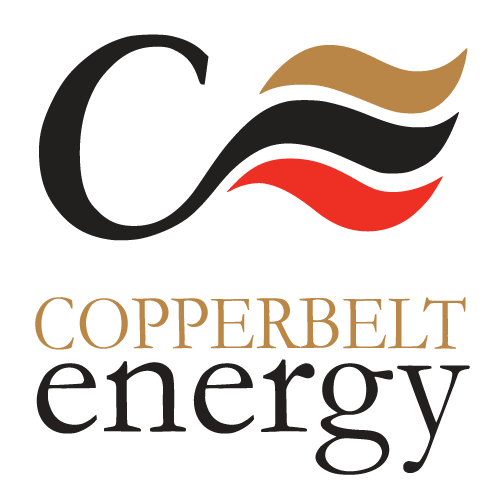CEC and Africa’s potential to lead the global renewable energy revolution
In April 2018, CEC commissioned its first solar energy power plant. The Riverside 1MW solar photovoltaic (PV) plant also became the country’s first grid-scale or grid connected solar power plant. The achievement, therefore, being a first for CEC and Zambia both.
For a company developing its power generating capacities, especially in sustainable energy, exploiting solar power generation came as a natural next step in its quest to develop capacity and contribute, not only to increasing the country’s installed energy capacity, but also to diversifying Zambia’s energy mix.
With that project, CEC has taken a leap towards increasing not only its own generation capacity and diversifying the country’s energy mix, both by source and geography, but also in developing skills necessary to the development and management of solar technology at both Company and national level.
That’s because in addition to CEC engineering and technical staff being trained and equipped with the relevant technical, operational and commercial knowledge, the Company and its partners have also developed a curriculum for the Copperbelt University to teach solar technology development and management. The plant itself providing the resource for research and practical learning.
The USD1.5 million solar PV plant sits on 1.2 hectares of land (out of 3 hectares cleared and fenced) and will produce 1.9GWh of clean energy annually from 3,824 solar modules rated 270W. Its successful development and operation evidences many possibilities and points to the potential that Zambia and Africa have in the renewable energy space.
Conversations are being had in energy discourses as to whether Africa possesses the potential to lead the renewables revolution on the global stage. CEC definitely believes in the power and potential for Africa to do just that. Not least because the scale of need and opportunity for power and infrastructure project development in Africa remains colossal. In the 49 countries of sub-Saharan Africa, only approximately one-third of people have access to electricity. The estimated investment need for Africa is USD50 billion per annum with two-thirds of that needed for power and transportation infrastructure.
Given this bill, the first question is undoubtedly whether Africa has the resources and financial capability to lead the renewables revolution on the global stage. Given that CEC has taken the step with own financing, the Company believes that Africa has sufficient resources and financial capabilities to lead the revolution.
There are other areas, however, that may negatively impact on the ability for Africa to lead the revolution effectively. These include improvements in governance as it relates to efficient procurement, power sector regulation or reforms to accommodate private sector participation, implementation of frameworks that support cost reflective tariffs or transparent subsidy mechanisms and the ability to invest in research and embrace innovation.
The greatest potential the continent possesses lies in its natural resources, which could be converted into different energy sources. CEC is targeting to develop up to 300MW of own generation in the next five years, with solar energy expected to contribute up to 50 per cent of the total capacity. This means the Company will need over USD300 million.
Generally, the cost of solar energy has made positive strides and is becoming competitive when compared to other generation sources. However, commercial viability (based on the Zambian tariffs) of base load supply using solar technology is yet to be attained. It is, however, expected that as improvements in the research and technology advancements of storage technology are attained, they will positively impact on the viability and competitiveness of solar generation for base load customers.
What’s more, energy sector stakeholders in Zambia, starting with the policy makers, are supportive of this revolution and recognize the importance of this technology. They have already embraced it and are driving initiatives under the Scaling Solar and GETFiT programs to ensure that they move with the times and adapt to the revolution.
Solar energy pricing is slowly moving in the right direction to spur investments in the technology and energy source. To add context to that, the government of Zambia has recognized the need to have cost reflective tariffs and ensure that operational efficiencies are realized across the power value chain. Once this path is adopted, the reducing cost of solar panels and competitive tariff structure of solar will be beneficial to the economy and will also stimulate further investments as the benefits will be shared amongst the key stakeholders.
Thus, the Riverside solar PV power project has done more than build and stamp CEC’s credentials in the renewable energy development space. It is a demonstration of the capability lying within the country to develop different power generation sources, build human capacity skills and contribute to the continent’s development of its vast natural resources in lighting up itself.
We value your views and ideas on anything you read in this column. Please share your comments with us on e-mail: [email protected]
Produced by CEC Corporate Communication department
 |
 |


